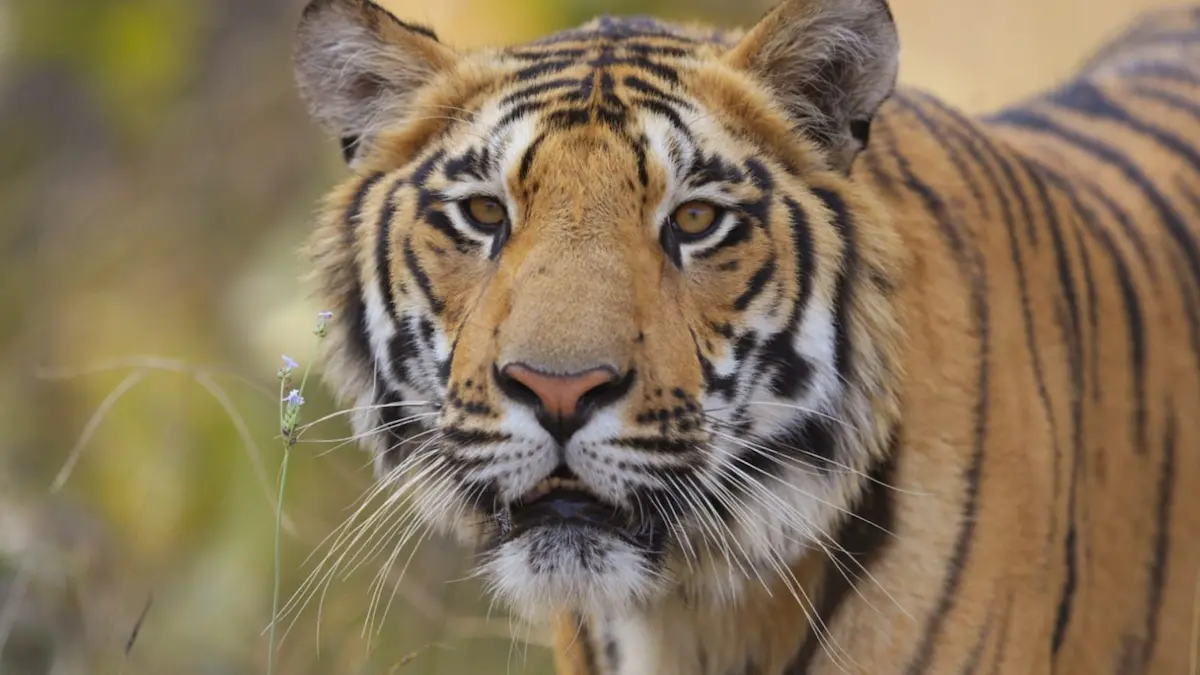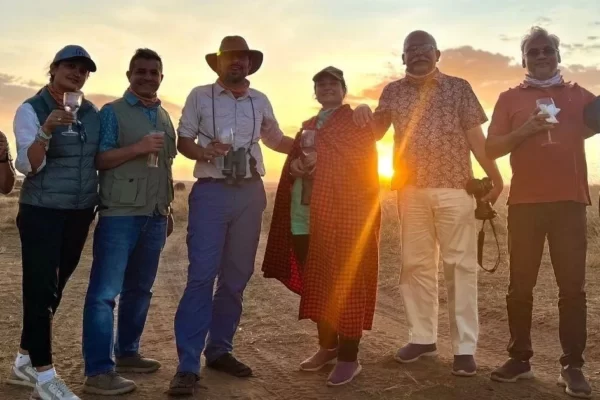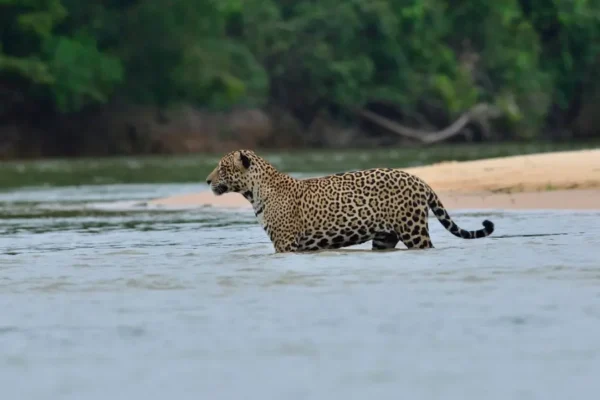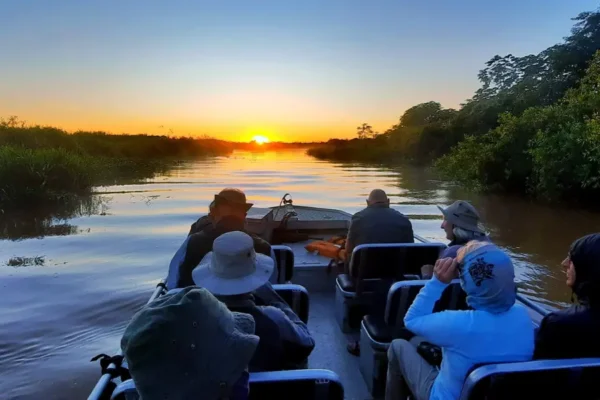Going on the best tiger safari in India isn’t just about spotting the majestic big cat; it’s a soul-stirring escape from the chaos of everyday life. Imagine trading traffic and screen time for birdsong, fresh forest air, and the thrill of the wild. It’s about entering a different world—one where every rustle in the bushes might lead to a tiger silently emerging from the trees. With the right planning and timing, your India safari turns into more than just a trip—it becomes a once-in-a-lifetime experience. This guide spills all the secrets: when to go, where to go, and how to make the most of it.
Summer (March to June): Prime Time for Tiger Sightings

If catching a glimpse of a Bengal tiger in the wild tops your bucket list, summer is hands down the best time to go on the best tiger safari in India. As temperatures rise, water sources within national parks begin to dry up, drawing tigers and other wildlife closer to waterholes and riverbanks. Tigers tend to lounge near these areas, especially during early morning or late afternoon, making sightings more frequent.
National parks like Ranthambore, Bandhavgarh, Kanha, and Tadoba come alive with activity during this period. The foliage thins out in the heat, offering clear views into the forest. Yes, it can get hot, but light, breathable clothing and early/late safari slots make it manageable. And with Just Nature Expeditions, you won’t just survive the heat—you’ll thrive in it, coming away with unforgettable stories.
Winter (October to February): Comfort Meets Wilderness

Now picture this: misty mornings, golden sunlight piercing through tall sal trees, and a soft chill in the air as your jeep rolls through the jungle. Winter might not be peak season for tiger visibility due to thicker greenery, but it’s undeniably the most scenic time for a India safari.
Tigers often wander into sunlit clearings during the warmer parts of the day, offering you spectacular photo opportunities. It’s also the ideal season for bird lovers and photographers, thanks to the influx of migratory birds. Plus, fewer crowds and pleasant weather make winter safaris a blissful adventure—perfect for first-timers or anyone looking to soak in the tranquility of India’s vibrant wilderness.
Monsoon (July to September): Offbeat and Lush

Monsoon may not be the most conventional time for the best tiger safari in India, but it has its unique charm. Most parks close during this period due to heavy rains, but nature continues its symphony behind closed gates. Forests burst into lush greens, wildlife retreats for breeding, and the jungle echoes with frogs, birds, and rustling leaves.
Some southern parks like Periyar and select buffer zones remain partially open, offering a glimpse of the forest’s rebirth. While tiger sightings are rare, this season is more about reconnecting with raw, untouched nature—ideal for those who want to see the forest in its most rejuvenated form.
Top National Parks for a Legendary Tiger Safari

When it comes to choosing where to go for the best tiger safari in India, the park you pick can make all the difference. Bandhavgarh is often the top choice for first-time visitors due to its high density of tigers and reliable sighting record. Ranthambore offers a stunning mix of wildlife and history, with ancient ruins and forts sharing space with prowling big cats.
Tadoba, a lesser-known gem in Maharashtra, promises raw jungle vibes and fewer crowds. Kanha, with its meadows and sal forests, feels like stepping into Kipling’s Jungle Book. Jim Corbett, India’s oldest national park, offers a different flavor altogether—dense, unpredictable, and rich in biodiversity. No matter your choice, these parks don’t just deliver tigers; they offer experiences that feel straight out of a nature documentary.
Tips for an Unforgettable Safari Experience

To turn your India safari into an extraordinary memory, preparation is everything. Book your safari permits and accommodation well in advance, especially during peak seasons. Each national park is divided into zones, and choosing the right one can dramatically boost your chances of a tiger sighting. Always go with an experienced naturalist—they know the forest like the back of their hand and can often predict tiger movements based on sounds, tracks, and behavior.
Pack smartly with essentials like binoculars, a reliable camera, neutral-colored clothing, and sun protection. And most importantly, respect the jungle: stay quiet, follow the rules, and don’t interfere with the wildlife. The forest isn’t a zoo—it’s their home, and we are just privileged visitors.
From Wishlist to Wild Trails: Make It Happen

Timing your safari right can turn a good wildlife experience into a thrilling adventure. Whether you’re looking for the adrenaline rush of a tiger sighting or simply want to reconnect with nature, choosing the right season and park is the key. While summer offers unbeatable visibility, winter adds charm and comfort to the mix.
So, if you’re dreaming of witnessing the royal Bengal tiger in its natural glory, this is your cue to plan the best tiger safari in India.
Plan your unforgettable India safari today—explore more at Just Nature Expeditions.





